Increasing Investment in Healthcare R&D
The Healthcare Additive Manufacturing Market is benefiting from increasing investment in healthcare research and development (R&D). Governments and private entities are recognizing the potential of additive manufacturing to revolutionize medical practices and are allocating substantial funds to support innovation in this field. For instance, recent reports indicate that healthcare R&D spending is expected to exceed USD 200 billion annually by 2027. This influx of capital is facilitating the exploration of new materials, processes, and applications within additive manufacturing, ultimately leading to enhanced medical solutions. As research initiatives expand, the collaboration between academia, industry, and healthcare providers is likely to intensify, fostering a robust ecosystem for innovation. This driver underscores the critical role of investment in shaping the future landscape of the Healthcare Additive Manufacturing Market.
Technological Advancements in 3D Printing
Technological advancements in 3D printing are significantly influencing the Healthcare Additive Manufacturing Market. Innovations such as bioprinting, which allows for the creation of living tissues and organs, are at the forefront of this transformation. The integration of advanced materials, including bio-compatible polymers and metals, is expanding the scope of applications for additive manufacturing in healthcare. Recent estimates suggest that the 3D printing market in healthcare could reach USD 6 billion by 2026, driven by these technological breakthroughs. Furthermore, the development of faster and more precise printing techniques is enhancing the efficiency of production processes, thereby reducing costs and time-to-market for new medical devices. As these technologies continue to evolve, they are likely to unlock new possibilities within the Healthcare Additive Manufacturing Market, fostering further growth and innovation.
Regulatory Support for Additive Manufacturing
Regulatory support for additive manufacturing is emerging as a crucial driver for the Healthcare Additive Manufacturing Market. Regulatory bodies are increasingly recognizing the potential benefits of 3D printing technologies in healthcare, leading to the establishment of guidelines and frameworks that facilitate the approval of additive manufactured products. Recent initiatives have streamlined the regulatory processes, allowing for faster market entry of innovative medical devices. This supportive environment encourages manufacturers to invest in additive technologies, knowing that their products can be brought to market more efficiently. As regulations continue to evolve, they are likely to foster greater confidence among stakeholders in the Healthcare Additive Manufacturing Market, ultimately driving growth and adoption of these advanced manufacturing techniques.
Rising Demand for Customized Medical Solutions
The Healthcare Additive Manufacturing Market is experiencing a notable surge in demand for customized medical solutions. This trend is driven by the increasing need for personalized healthcare, where treatments and devices are tailored to individual patient requirements. According to recent data, the market for customized medical devices is projected to grow at a compound annual growth rate of approximately 25% over the next five years. This growth is indicative of a broader shift towards patient-centric care, where additive manufacturing technologies enable the production of bespoke implants, prosthetics, and surgical instruments. As healthcare providers seek to enhance patient outcomes, the ability to create tailored solutions through additive manufacturing is becoming increasingly vital. This driver not only reflects changing consumer preferences but also highlights the potential for innovation within the Healthcare Additive Manufacturing Market.
Growing Focus on Cost-Effectiveness in Healthcare
The growing focus on cost-effectiveness in healthcare is significantly impacting the Healthcare Additive Manufacturing Market. As healthcare systems worldwide grapple with rising costs, there is an increasing emphasis on finding efficient solutions that do not compromise quality. Additive manufacturing offers the potential to reduce production costs through streamlined processes and minimized waste. Recent analyses suggest that the adoption of 3D printing in healthcare could lead to cost savings of up to 30% in certain applications. This financial incentive is prompting healthcare providers to explore additive manufacturing as a viable alternative to traditional manufacturing methods. As the industry continues to prioritize cost-effectiveness, the Healthcare Additive Manufacturing Market is likely to witness sustained growth driven by these economic considerations.


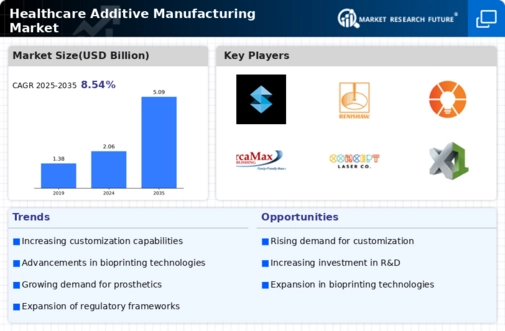
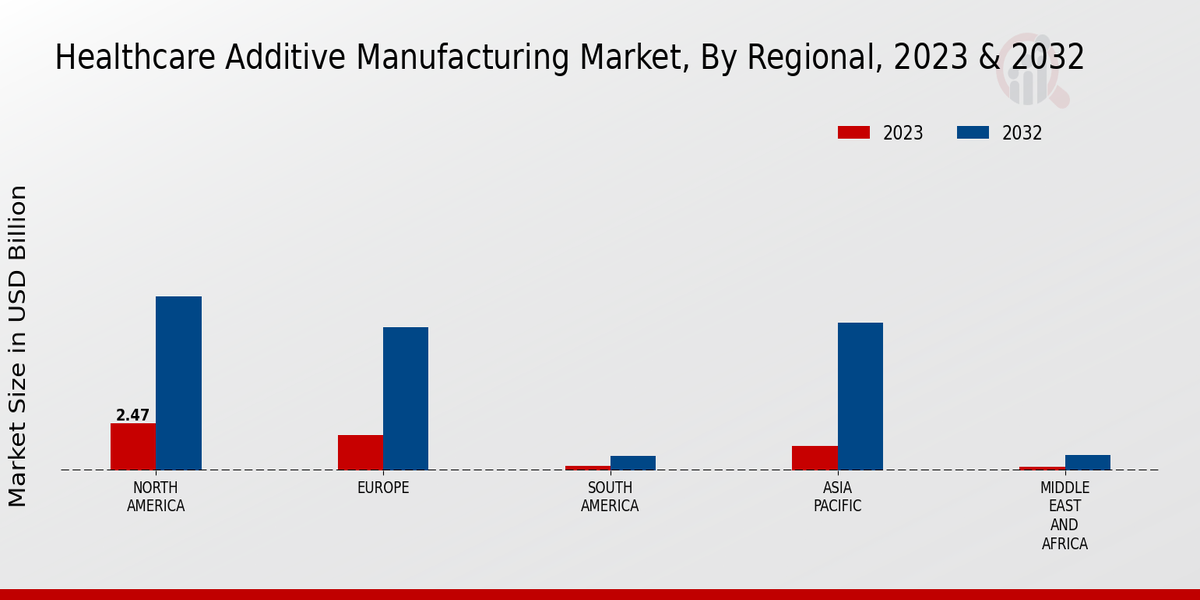
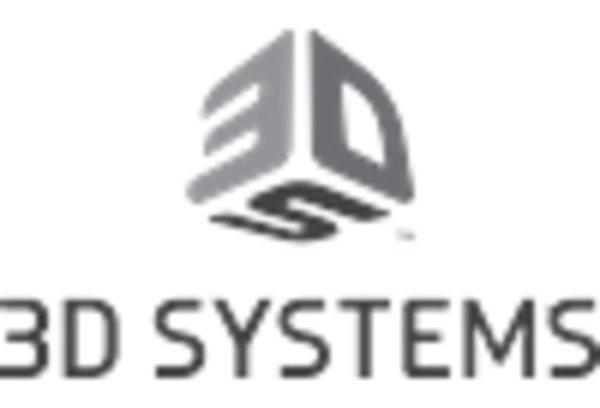

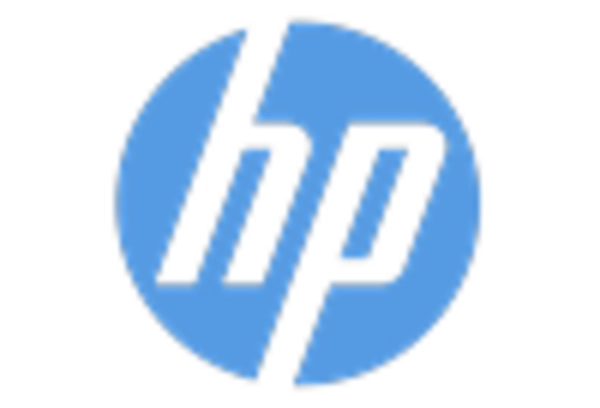
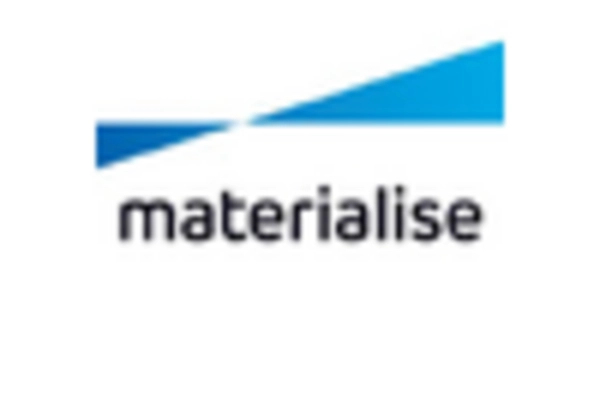

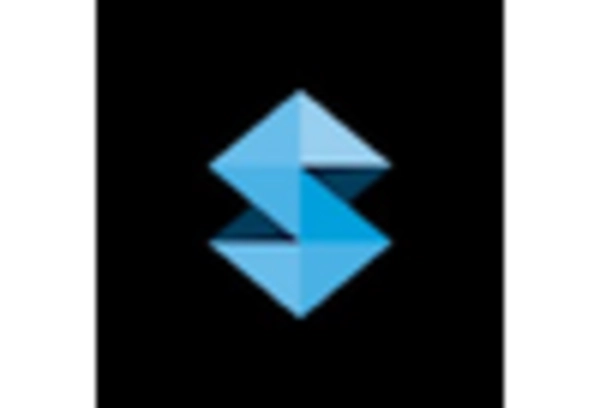








Leave a Comment